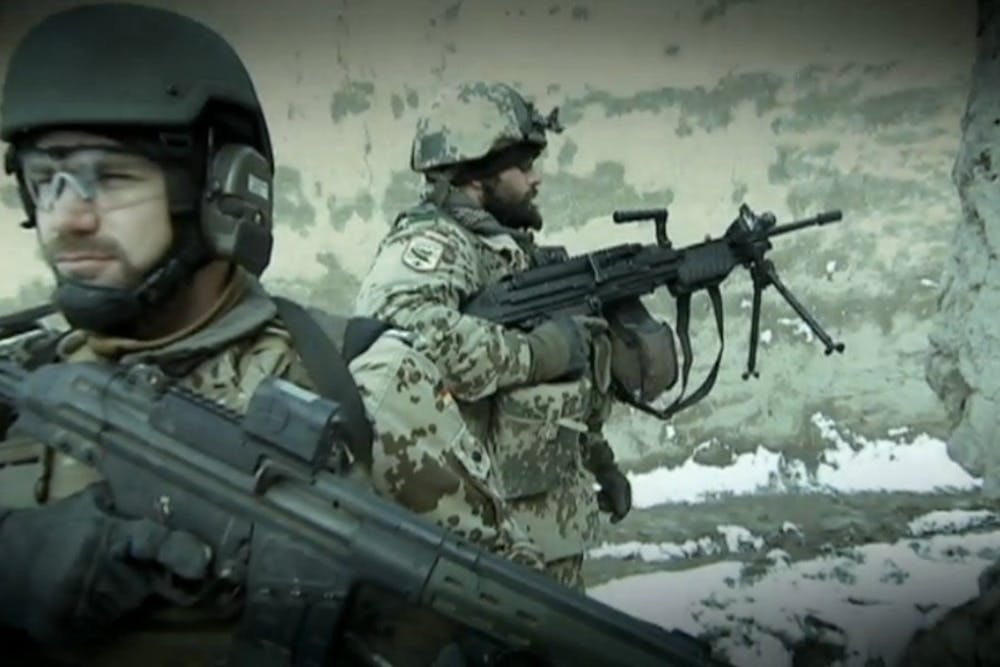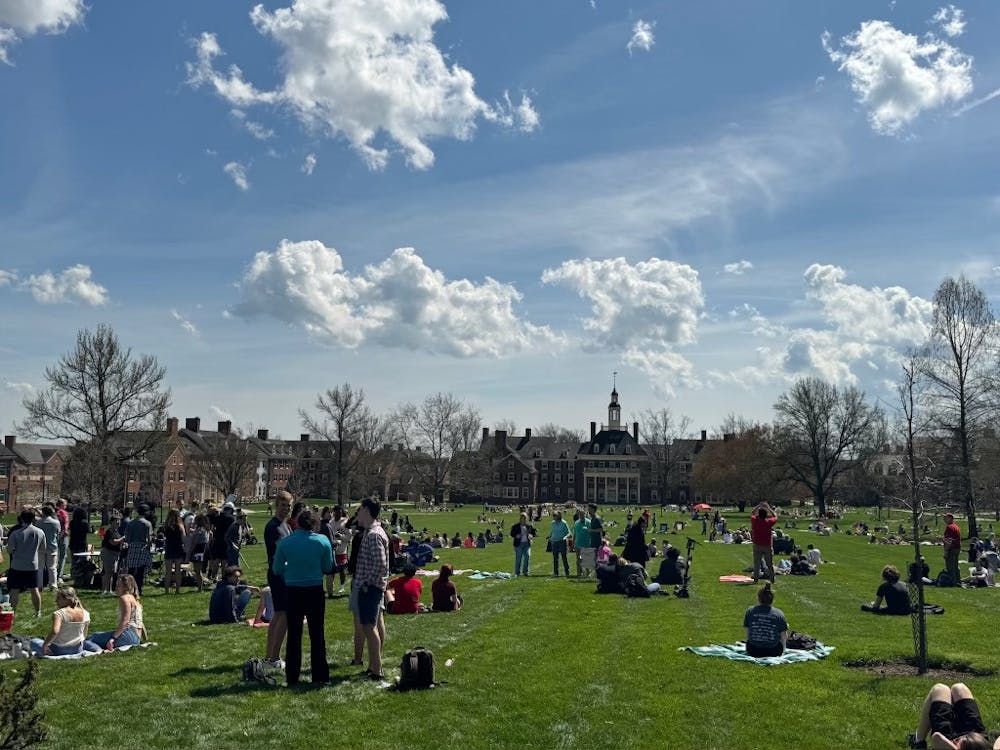Maddie's Matters
By Maddie LaPlante-Dube, laplanmm@miamioh.edu
On April 8, a guy named John M. Dawson was killed in Afghanistan as a part of an attack by an allied Afghan soldier. Dawson is from Whitinsville, MA: the 22 year-old went to school in my hometown, Upton, right across the street from my high school. He was the only one killed in the attack, and is the only U.S. casualty in Operation Enduring Freedom in 2015.
The numbers seem optimistic. U.S. casualties have consistently plummeted since their peak in 2010. 2011 marked the height of U.S. involvement in Afghanistan, with 101,000 troops occupying the area. Over the past 14 years, there have been a mere 2,357 U.S. casualties, only a 2.3 percent loss. The math of it all makes it seem a little bit more palatable, especially as we seemingly reach a point where loss is no longer a trendy phrase in the media.
Stories like Dawson's, though, bring us back. The irony of being the only U.S. casualty of 2015 is that the loss stings most out of its unnecessariness - my heart goes out to his family. Even worse is the way he died: in an attack by an Afghan National Army gunman who "turned traitor" during an escort mission (as quoted in The Boston Globe). As many politicians argue, the war is far from over, even with plans to withdraw almost all troops by 2016 (we've heard that before). And it's true - Afghan-American relations are still extremely tense, as Dawson's death suggests.
This story hits home for me especially on two levels: first, because this loss is literally close to home, and second, because my brother recently enlisted and is scheduled for basic training this June. Dawson leaves behind a sister and parents, and as the situation with ISIS continues to worsen in neighboring countries, I worry more and more about the fickleness of U.S. policy and how it will deal with ISIS as a security threat.
I worry most that it will lead to more families being left behind, US or otherwise. Dawson, a combat medic, was taking part in an escort mission as a part of the newly implemented US advise-and-assist program when he was killed, according to The Boston Globe.
The new program officially began on Jan. 1 of this year, with the goal of helping the Afghan military take over the security of the country by the time U.S. troops withdraw. The attack by the rogue soldier will not stop U.S. efforts, but brings into question how the Afghan military views its U.S. aid, and how it will continue to operate after the U.S. leaves. As the sister of a future soldier, there's an easy solution: no more war. No conflict means no U.S. casualty. But is it fair to ask ill-equipped countries to fend for themselves?
Certainly, it is America's fault that the Taliban came into power in the first place, as the Taliban is a product of a power vacuum that was left when Soviet and American troops suddenly withdrew during the Cold War, leaving only guns.
Badly-informed Soviet military strategy trying to organize a tribal country and a disorganized and overnight withdrawal combined with very new Islamic extremism (violence in Islam only really emerged in the later part of the 20th century) left Afghanistan in a vulnerable state.
So is it our responsibility to fix what we helped break? Or has it gone on too long, with too much misguidance?
As 2015 slowly continues, we expect to see less and less U.S. military involvement, and ideally, less and less casualties. But as the Dawson tragedy indicates, violence and tense Afghan-American relations are far from disintegrating.




